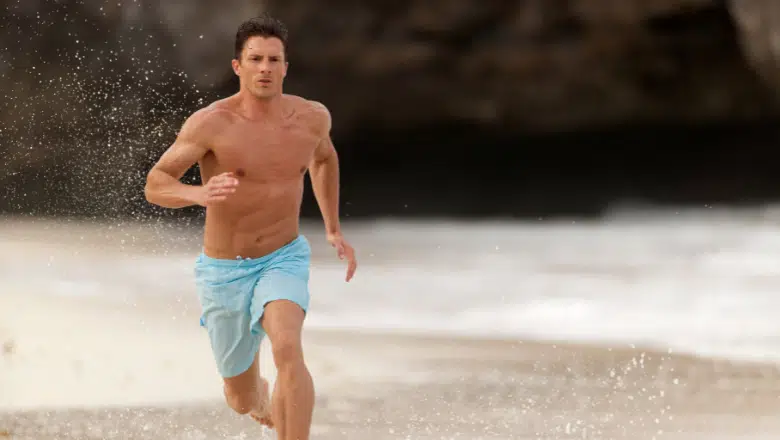When Can I Work Out After Male Breast Reduction?
Post-Surgery Top Tips for Working Out After Gynecomastia Surgery
Understanding the Importance of Post-Surgery Guidelines
After undergoing gynecomastia surgery, it is paramount to follow your surgeon’s post-operative instructions, including advice on compression garments. These garments are designed to support healing, reduce swelling, and maintain the new chest contour. Wear them as directed, even during light exercises, as they are crucial to your recovery.
Navigating the Initial Recovery Phase
In the first six weeks following your surgery, avoiding exercises specifically targeting the chest, shoulders, and upper back is vital. These areas are healing, and exerting them can disrupt the recovery process, potentially leading to complications or suboptimal results.
RELATED: What is gynecomastia surgery recovery like?
Listening to Your Body
One of the most important aspects of your recovery is paying attention to your body’s signals. If you experience any acute pain or discomfort during an activity, it’s a clear sign that you need to stop and rest. Pushing through pain is not advisable, as it can exacerbate the issue and prolong your recovery.
Monitoring for Signs of Complications
Be vigilant for any elevated discomfort, unusual pain, or redness in the operated area. These could be signs of complications, such as infection or adverse reactions, and should be reported to your surgeon immediately. Quick intervention is crucial to address any issues that may arise.
Exercising Patience During Recovery
It’s completely natural to feel eager to return to your regular gym routine, but patience is key. The body needs ample time to heal to minimise scarring and achieve the best possible results. Rushing the process can not only delay recovery but may also negatively impact the surgical outcome.
Gradual Resumption of Physical Activity
As you progress through your recovery, gradually reintroducing physical activity is essential. Start with low-impact exercises such as walking or gentle cycling. These activities can enhance circulation, aid in faster healing, and reduce the risk of blood clots. Slowly increase the intensity and duration of your exercises, always adhering to the limits set by your surgeon.
Long-Term Maintenance for Lasting Results
Once you’ve fully recovered, maintaining your body weight through a balanced diet and regular exercise is crucial for sustaining the results of your surgery. Fluctuations in weight can alter the appearance of your chest and potentially diminish the benefits of the surgery. A combination of cardiovascular exercises, strength training, and a healthy diet will help keep your body in shape and maintain the results.
Incorporating a Holistic Approach to Recovery
Remember that recovery is not just about physical healing but also involves mental and emotional well-being. Meditation, gentle yoga, or other relaxation techniques can be beneficial during this period. They can help in managing any stress or anxiety related to your recovery and promote an overall sense of well-being.
Regular Check-ups and Follow-up Care
Regular follow-ups with your surgeon are essential to monitor your progress and ensure proper healing. These check-ups are an opportunity to discuss any concerns, track your recovery, and get personalised advice on your exercise regimen and lifestyle changes.












